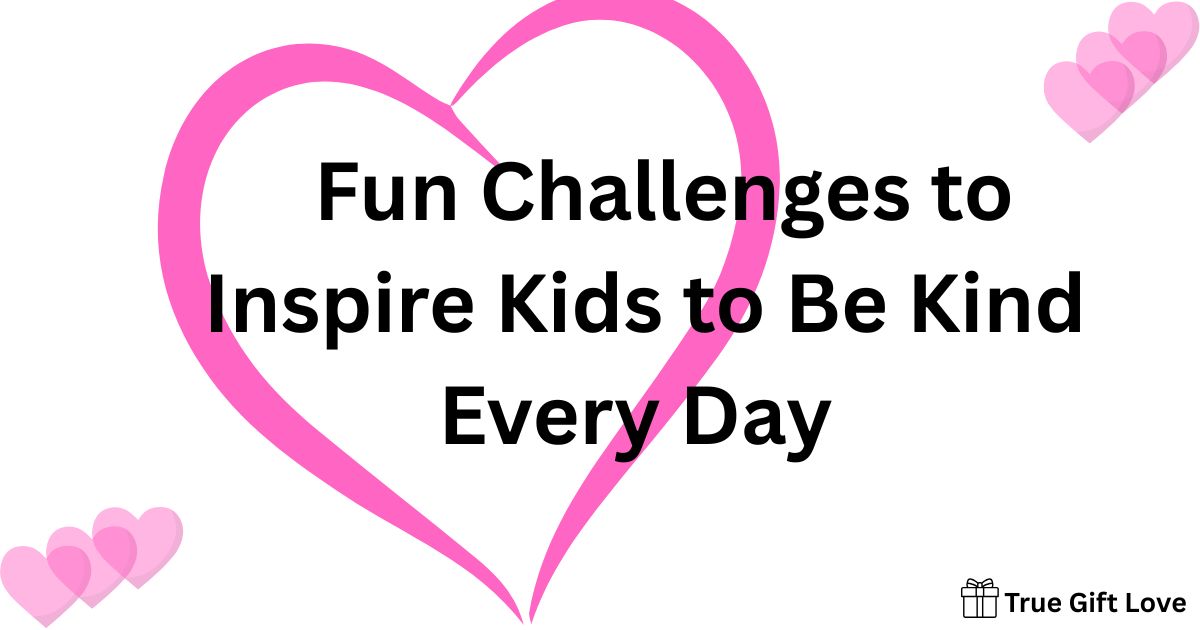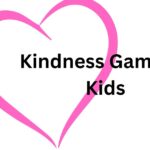Why Kindness Matters in the Classroom
Every teacher dreams of a classroom where students feel safe, connected, and eager to help one another. But in today’s fast-paced world, kindness isn’t something we can assume kids just know. It’s something they learn, practice, and feel.
That’s why kindness challenges can be such powerful tools. These small, hands-on activities turn abstract ideas like empathy, patience, or gratitude into meaningful actions that stick. When students get to do kindness rather than just hear about it, they begin to see how their choices can brighten someone’s day and strengthen the entire classroom community.
Kindness challenges aren’t about perfection. They’re about practice and the joy of seeing kindness grow through simple, fun actions that make learning about compassion truly memorable.
Tips for Teaching Fun Challenges to Inspire Kids to Be Kind Every Day
Before you start your first kindness challenge, keep these helpful tips in mind:
- Choose a clear teaching purpose.
Decide which kindness skill you want to highlight, such as using kind words, showing patience, or offering help. This keeps the challenge intentional, not just random. - Pick the right timing.
A well-timed challenge can work wonders. Try one at the start of the week to set a positive tone or after recess to refocus energy. - Keep it fun and positive, not a punishment.
Kindness should feel joyful, not like a rule. Encourage participation with excitement and praise rather than expectation or competition.
5 Fun Kindness Challenges to Try
1. The Compliment Chain Challenge
How to do it:
Give each student a paper strip and have them write a kind compliment about a classmate. Link the strips together to create a Kindness Chain that grows throughout the week.
Teaching focus: Using kind words and recognizing others’ strengths.
Book pairing: Have You Filled a Bucket Today? by Carol McCloud, a classroom favorite that helps kids see how words can fill someone’s “kindness bucket.”
2. The Secret Helper Mission
How to do it:
Assign each student a secret kindness mission, such as picking up someone’s dropped pencil or offering to share supplies. At the end of the day, guess who your secret helper was!
Teaching focus: Helping others and noticing needs without being asked.
Book pairing: The Invisible Boy by Trudy Ludwig, a touching story about noticing those who often feel unseen.
3. Kindness Bingo
How to do it:
Create a bingo card with acts like “share a smile, invite someone to play, or say thank you. Kids try to complete a row or column by the end of the week.
Teaching focus: Spreading positivity and consistency in kind behavior.
Book pairing: Each Kindness by Jacqueline Woodson is a poignant reminder that even small acts of kindness can have a profound ripple effect.
4. Patience Partner Challenge
How to do it:
Pair students and ask them to take turns in a shared activity (like building with blocks or drawing together). Their goal: practice patience and teamwork while waiting their turn.
Teaching focus: Developing patience, listening, and cooperation.
Book pairing: Waiting Is Not Easy! by Mo Willems, a fun and relatable story about the struggle (and reward) of waiting.
5. The Gratitude Tree
How to do it:
Display a tree on your classroom wall. Each day, students write one thing they’re thankful for on a paper leaf and add it to the branches.
Teaching focus: Practicing gratitude and appreciating others.
Book pairing: Those Shoes by Maribeth Boelts is a heartfelt book that encourages gratitude and generosity.
Bringing It All Together
When kindness becomes part of your classroom routine, everything changes. Students learn to support one another, listen with empathy, and celebrate differences. Even small challenges done regularly can help shape a more connected and caring group of learners.
So, whether it’s through a daily compliment, a secret act of help, or a gratitude leaf, remember: every little kindness challenge adds up. And with each one, your classroom grows into a place where kindness isn’t just taught, it’s lived.
FAQ: Fun Challenges to Inspire Kids to Be Kind Every Day
- What are kindness challenges for kids?
Kindness challenges are short, interactive activities that encourage children to practice empathy, gratitude, and helpfulness through fun, everyday actions. They make kindness a hands-on habit rather than just a classroom rule. - How can teachers use kindness challenges in their classrooms?
Teachers can introduce one small challenge each day or week, such as giving compliments, helping a friend, or showing gratitude, to promote teamwork and positive behavior. These challenges fit easily into morning meetings or transition times. - Why are kindness challenges important for students?
They help children develop social-emotional skills like empathy, patience, and respect. Regular kindness activities also improve classroom relationships and create a supportive, inclusive learning environment. - What age group benefits most from kindness challenges?
Kindness challenges can be adapted for any age, from preschool to middle school. Younger children love simple, visual activities like Kindness Bingo, while older students enjoy goal-based or team challenges. - What’s the best way to keep kindness challenges meaningful?
Connect each challenge to a real-life situation or a storybook that reinforces the theme. Celebrate effort and reflection rather than perfection, so kindness becomes part of the classroom culture year-round.
Encourage. Empower. Inspire.
Try one of these kindness challenges this week and watch how even the smallest actions can create the biggest smiles.




